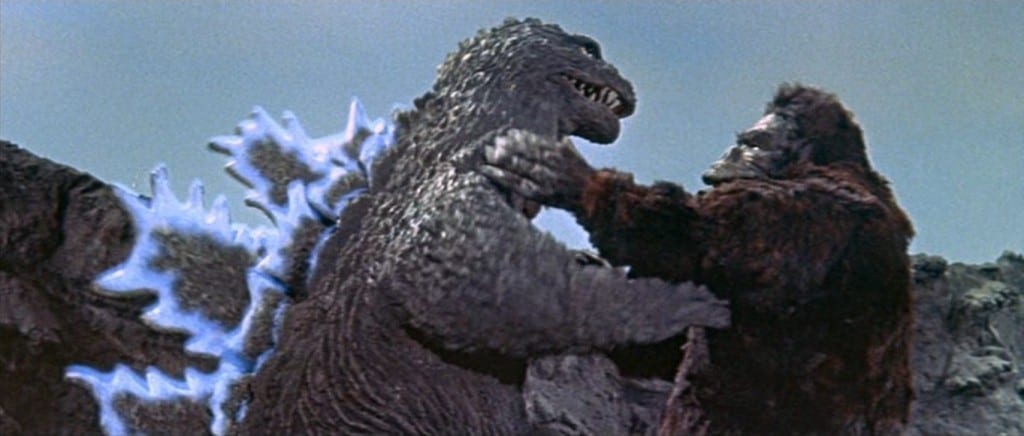The National Film Registry is a collection of films selected for preservation in the Library of Congress by the United States National Film Preservation Board. Established in 1988, the board is given the responsibility of selecting up 25 films that are either “culturally, historically or aesthetically significant films” annually, in a bid to “showcase the range and diversity of American film heritage to increase awareness for its preservation”.
All films must be at least 10 years old before they are available for selection. A film is eligible regardless of length, style and purpose and an official theatrical release is not compulsory criteria to be selected. The Registry contains documentary films, shorts, experimental films, news reels, silent films, films out of copyright, music videos and many, many more.
As of 2013, the National Film Registry contains 625 films, all considered to be deserving of recognition, preservation and access by future generations. Some of the most creative, innovative and awe-inspiring works are contained within the protecting arms of the Registry. However, of the several hundred films selected, 5 are considered more prestigious than all the rest.
As mentioned earlier, a film must be at least 10 years old before it can be considered for selection. The earliest listing is Newark Athlete (1891) and the latest Decasia (2002). Only 5 films have ever been selected in its first year of eligibility, a feat which is now regarded as a major honour amongst American film makers.
The following films were all selected for preservation by the National Film Registry in their first year of eligibility:
1: Raging Bull (1980) Selected for Cultural Significance
2: Do the Right Thing (1989) Selected for Aesthetical Significance
3: Goodfellas (1990) Selected for Cultural Significance (A second first year selection for Robert De Niro (Raging Bull 1980)
4: Toy Story (1995) Selected for Cultural and Aesthetical Significance
5: Fargo (1996) Selected for Cultural and Aesthetical Significance
Nation Film Registry – www.loc.gov/film/registry_titles.php









